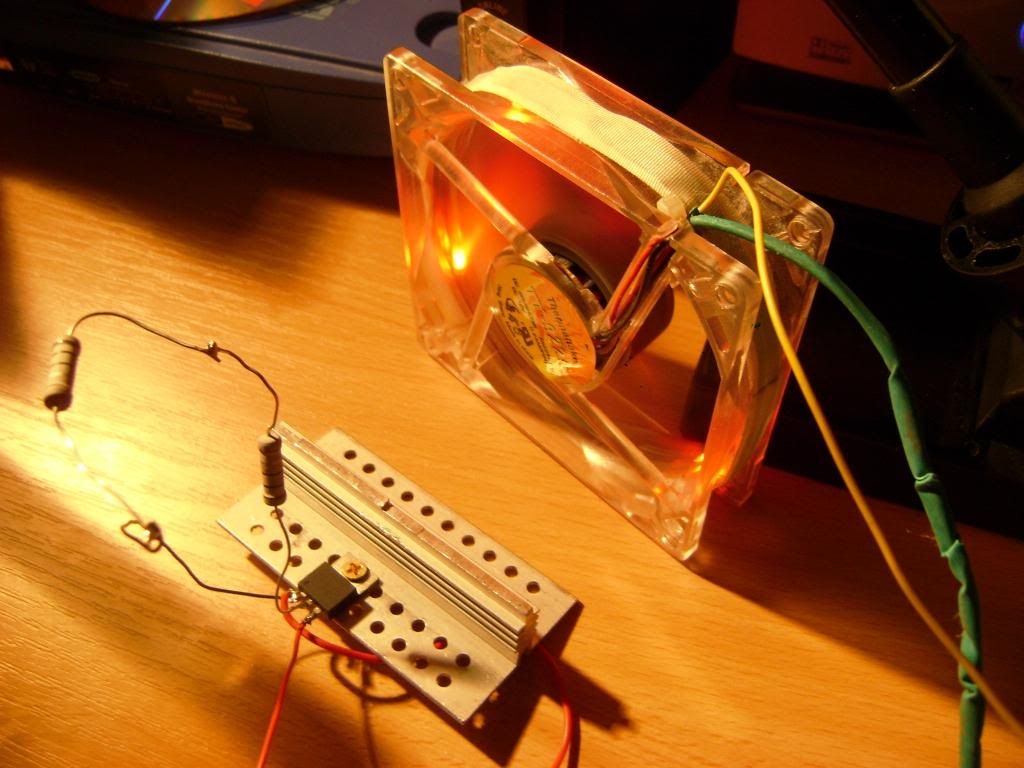Benm
0
- Joined
- Aug 16, 2007
- Messages
- 7,896
- Points
- 113
Additional schematic: From soundcard dac to laser diode: the driver.
This doesnt conform to ilda standard, but it allows analog modulation of a laser diode direcly from a dc-modded soundcard. Rsense should be chosen for 1.2 volts at maximum desired current (e.g. 4 ohms for 300 mA etc).
Adjustment is fairly straightforward: first adjust the threshold pot to where the lasers starts to come on, then take it slightly below that point. Next adjust gain to result in 5 volt signals on the testpoint using a scope. The two 1n4148 diodes prevent you from overdriving the laser diode by mis-adjustment, so it can be safely done without a scope too by just eyeballing brightness.
This doesnt conform to ilda standard, but it allows analog modulation of a laser diode direcly from a dc-modded soundcard. Rsense should be chosen for 1.2 volts at maximum desired current (e.g. 4 ohms for 300 mA etc).
Adjustment is fairly straightforward: first adjust the threshold pot to where the lasers starts to come on, then take it slightly below that point. Next adjust gain to result in 5 volt signals on the testpoint using a scope. The two 1n4148 diodes prevent you from overdriving the laser diode by mis-adjustment, so it can be safely done without a scope too by just eyeballing brightness.





